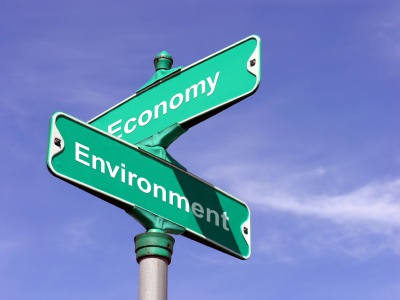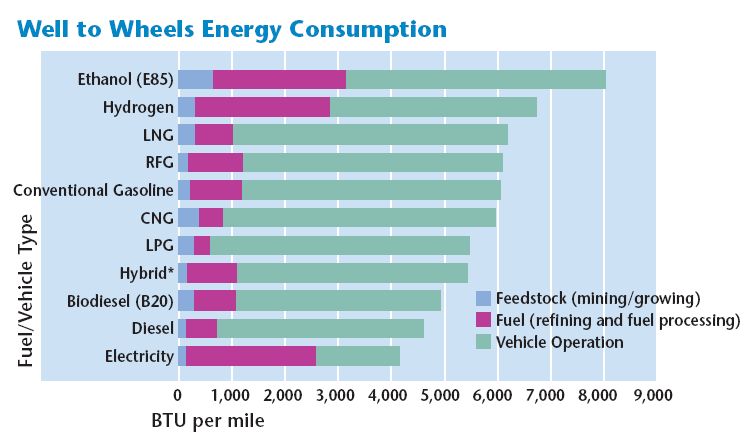Issues and Concerns

[15.1]
Just as any other part of biotechnology, biofuel techonology has to keep a balance between what is best for it's scientific advancement and what's best for the economy. Here are some of the issues with biofuel technology today.
Food vs Fuel
Con: With so much food crops going to biofuels, what are people going to eat? The increased demand for food crops is raising the prices of corn, tortillas, breakfast cereal and other corn products. [15.7] | Pro: Since the second generation of biofuels, food crops have been out of the question. By researching and investing in second and third generation biofuels, you can support the environment and not feel guilty. |

[15.2]
NOx vs. CO2
Con: Although biodiesel doesn't add carbon dioxide into the environment, they do emit nitrous oxide. Nitrous oxide is 310 times stronger than carbon dioxide when is come to trapping heat. There has also been a .25 percent increase in nitrous oxide concentration for the past two decades. [15.3] | Pro: When you burn anything, nitrous oxide is emitted. Biofuels emit more nitrous oxides, because they burn hotter (depending on the feedstock). However, additives can be mixed into the biodiesel to help it emit less. Also, nitrous oxide is not a major contributor to green house effects. [15.4] |

Energy Production vs. Output
Con: A big issue has been whether biofuels take more energy to produce than they can actually give. [15.6] | Pro: Technology has significantly advanced since the start of biofuel production. Biofuels such as ethanol and biodiesel generate an amount of energy that is comparable to conventional diesel. [15.6] |
If you look at the chart below and compared diesel to biodiesel, you should see that the feedstock and processing energy to operation energy ratio is similar.

[15.5]
Home | Biofuels and Bioenergy | Innovators | Issues | Impacts | About Us | Citations
